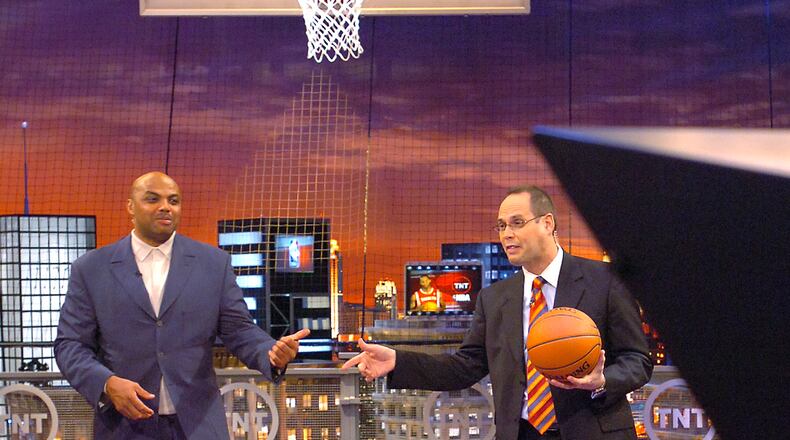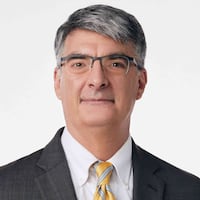As the NBA converges on the city of Houston for the All-Star Game this weekend, there will be an unmistakable Atlanta presence.
Turner Broadcasting System, based here in Atlanta, and its network TNT will be on site to air some 160 hours of prime-time coverage over the four days of festivities. The event, as the All-Star Game has grown into, will require a staff of more than 700 in Houston and Atlanta to bring to viewers.
“Philosophically, the purpose of what we do is to get the fan as close to the action, to give them access, to put them in a place they can’t normally go,” said Craig Barry, Senior Vice President of Production and Executive Creative Director of Turner Sports. “Whether that is to (put microphones on) players, adding additional cameras, going into the locker room, or behind-the-scenes content that shows up on a linear platform or a digital platform, we are able to give the fan the most sensory experience as possible.”
The event began Thursday with a double-header of games, the Heat and Thunder followed by the Lakers and Clippers. TNT’s studio show will be done from Houston, a temporary move from its Atlanta home base.
The Rising Stars Challenge, pitting first- and second-year players in a game, will be played Friday night. The Slam Dunk Contest, Skills Challenge (featuring the Hawks’ Jeff Teague), the 3-point Contest and the Shooting Stars Competition will be held Saturday night. The All-Star Game itself, on which the festivities center, will be played Sunday night.
This year marks Turner Sports' 28th year of NBA All-Star coverage and the 11th consecutive year the game has been televised in prime time by TNT.
The coverage has come a long way over nearly three decades. There will be 42 cameras and 16 mobile units (television trucks) on site to deliver the sights and sounds. According to Barry, the network used four mobile units 20 years ago. The network will use six Super Slow Motion cameras, six robotic cameras and one helicopter in its productions.
In addition to the televised events, Turner will be behind the production of other media platforms, including social media and computer, tablet and mobile technology.
“I think the fan insists on it,” Barry said. “Just a telecast, a lean back, passive telecast, just isn’t enough anymore. They are insisting on that extended platform interaction.”
In addition to TNT, the NBA expects the All-Star Game to reach fans live in 215 countries and territories in 47 languages via television, computer, mobile device and tablet. More than 312 international media members from 46 countries and territories – including Bulgaria, Kenya, Korea, Mongolia, Qatar and Switzerland – will be in Houston for the game. According to the league, it has added 11 new television partners from countries such as China, Georgia, Germany, India, Russia and Tanzania.
The global appeal of the NBA is part of what has led to the growing popularity of the event, said TNT analyst Kenny Smith.
“It’s gotten bigger because of social media and everything around it,” Smith said. “The league has become more of a global sport because of the influx of players from around the world. It’s just a bigger experience.”
While much of the world may be able to be in Houston via technology, a significant number of fans will descend on the city. Many will come without a ticket to the game itself, but want to be in town for all the ancillary events.
It’s what makes the NBA’s All-Star exhibition different, and better, than those of other professional sports, said Smith. The former All-Star said his favorite part is just being in the city, seeing legends such as Walt Frazier on minute and LeBron James the next. He called them ‘trading card moments.’
Unlike other sports, players who were not named to the All-Star team show up in the host city for events and parties.
“They view it more of a celebration,” Smith said. “The other sports view
About the Author
Keep Reading
The Latest
Featured


